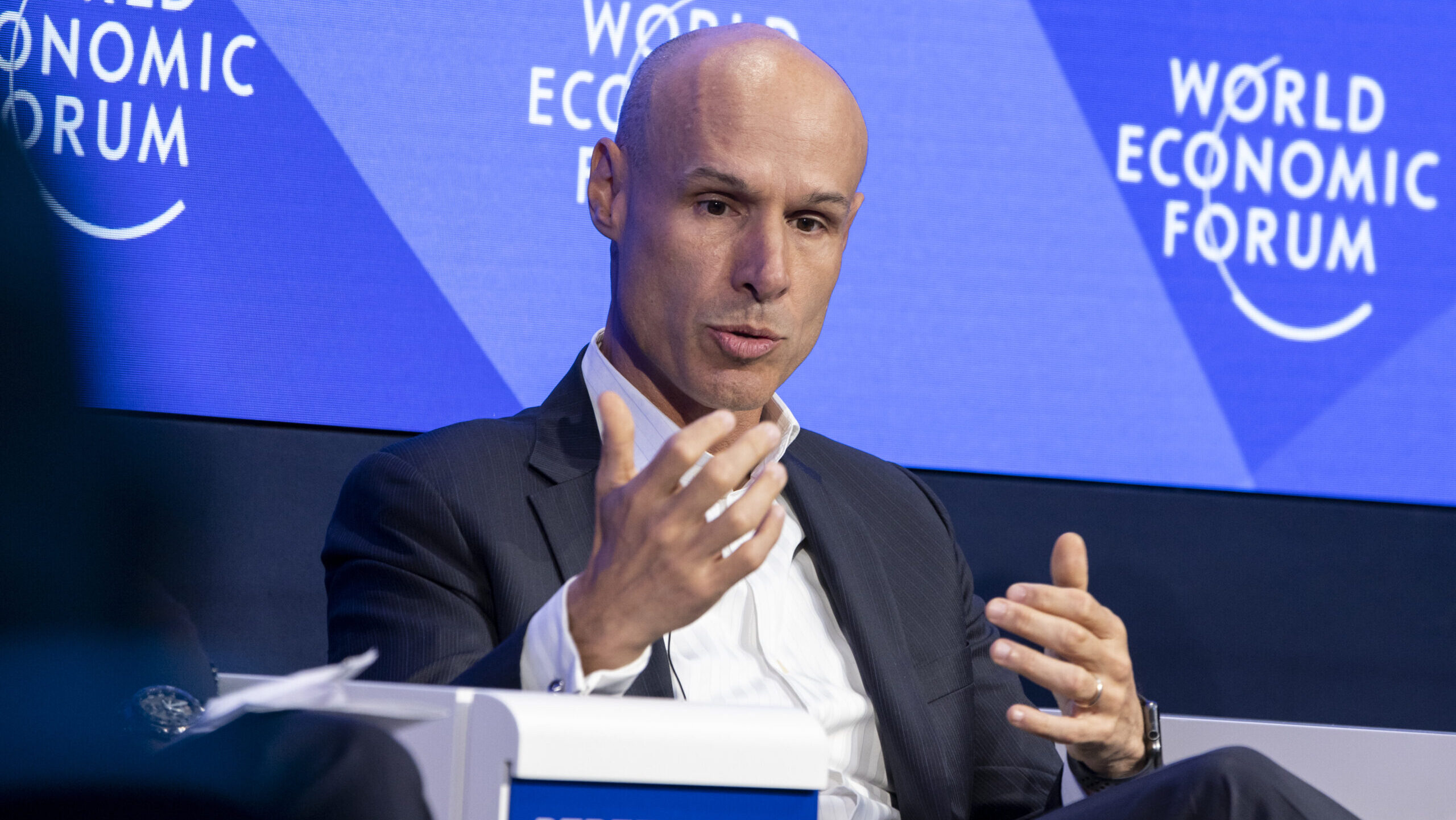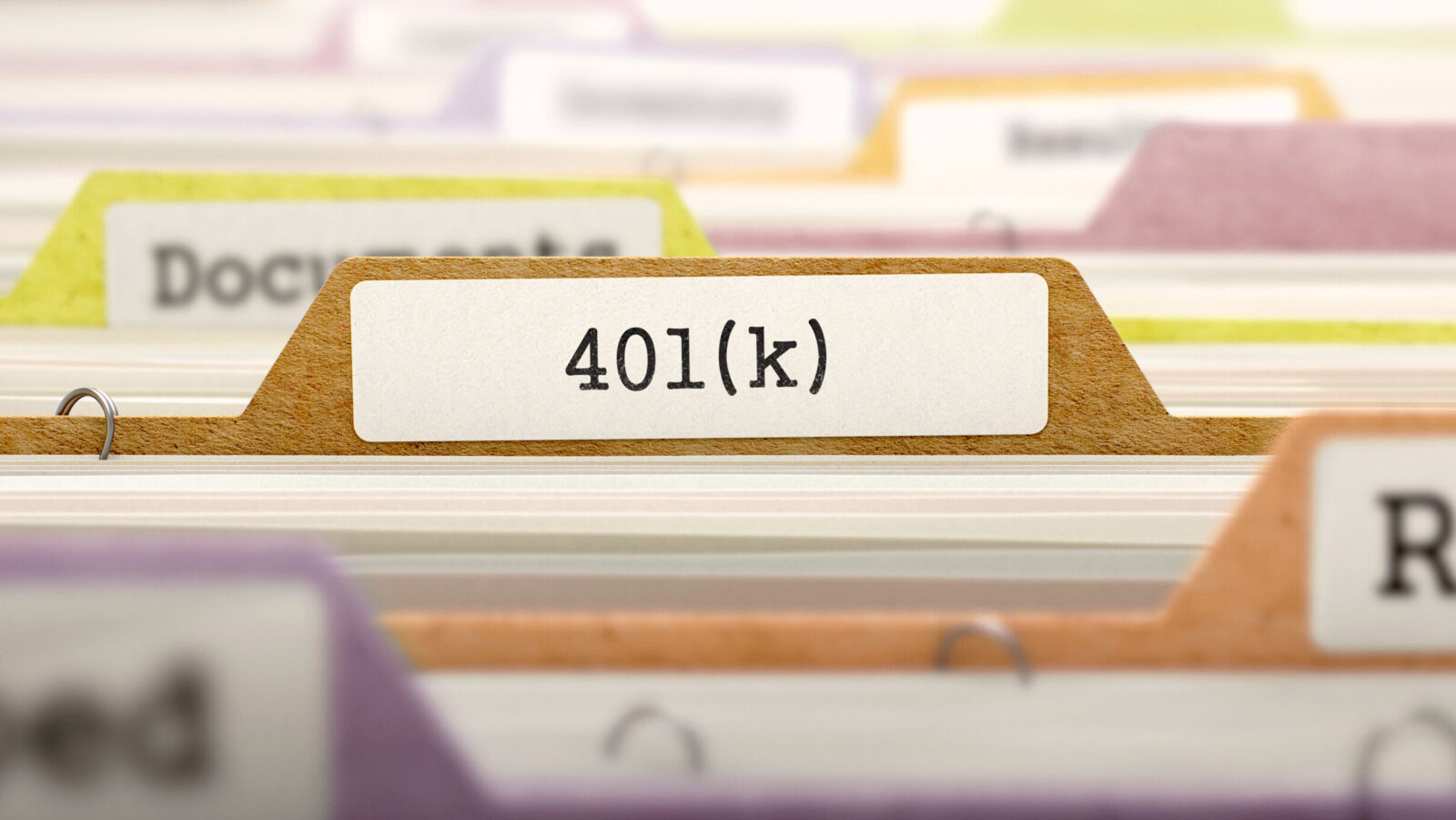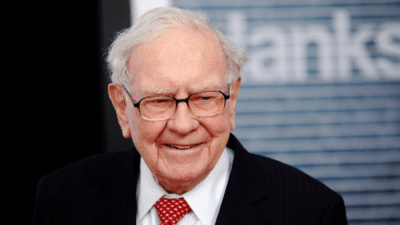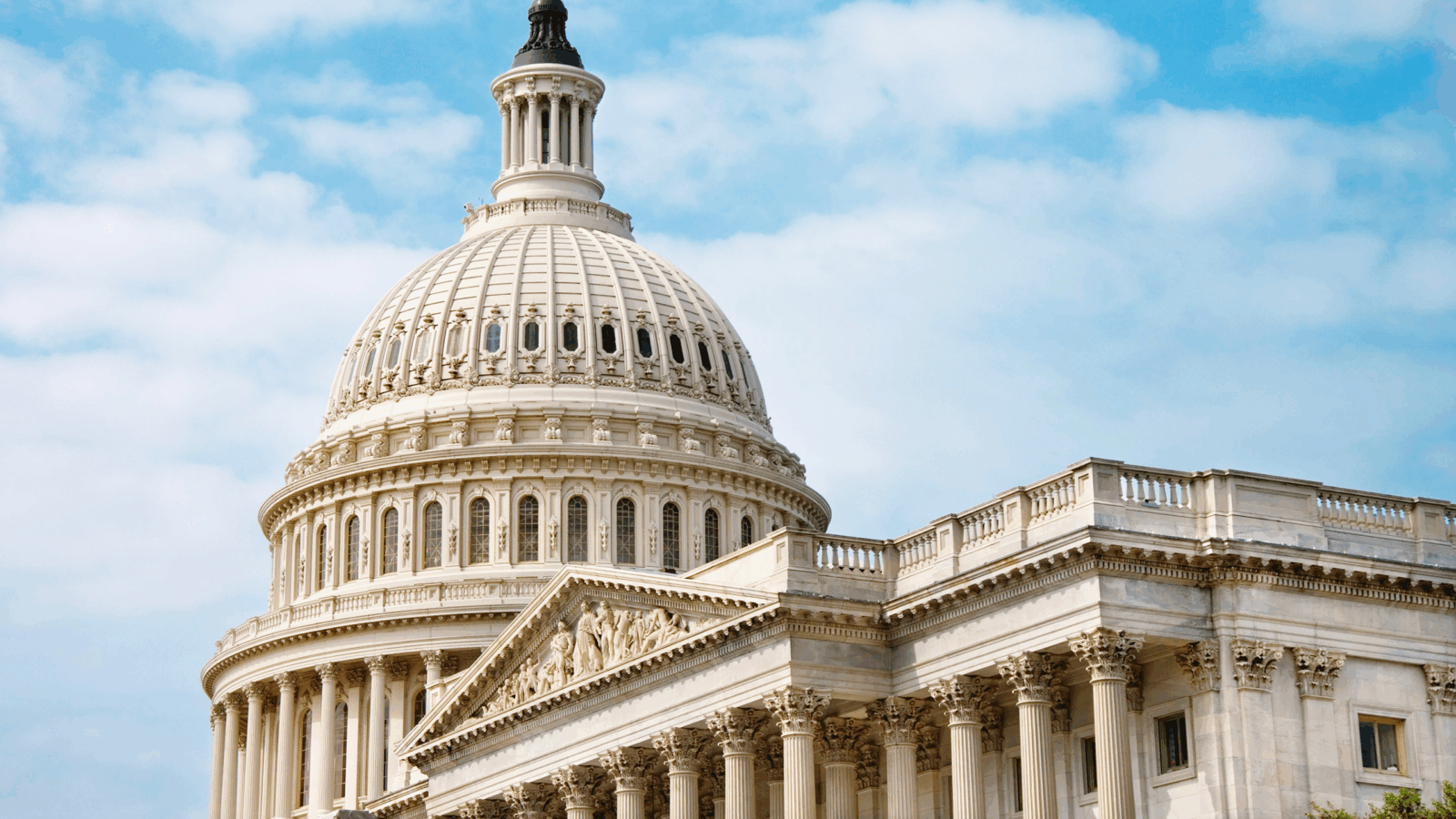Payments Giant Swift Guards Speed Record With a Bet on Blockchain
Payments firm Swift is building a blockchain to enable instant global transactions, with more than two dozen financial institutions helping create the digital ledger.

Sign up for smart news, insights, and analysis on the biggest financial stories of the day.
Even the name “wire transfer” is a relic of a pre-WiFi era. Now, blockchain solutions like stablecoins are putting pressure on payment processors to get with the times and overhaul how they handle transactions.
Global payments leader Swift is getting ahead of the tech that could otherwise render it obsolete by building a blockchain to enable instant transactions around the world 24/7. That’s a big step forward from waiting one to five business days as its system slowly navigates global banks’ varying hours, time zone differences and bureaucratic speed bumps.
Swift said it’s working with more than 30 financial institutions, including Bank of America and Citigroup, to create its digital ledger, starting with a prototype built by blockchain company Consensys.
It’s a Block Party
Swift processes transactions for more than 11,500 institutions in over 200 countries — it’s so influential that blocking access to it can cut a country off from the global economy (Russian banks are banned from Swift). Its foray into blockchain tech goes to show that traditional finance is taking the tech seriously as a means to overhaul old-school systems.
Stablecoins, especially, have made the financial industry question why banks are still waiting five business days for their funds:
- The digital assets, which maintain one-to-one value with another asset (typically the US dollar), allow for instant payments at any time over the blockchain while potentially lowering fees. Financial institutions have rushed into the space this year after President Trump signed the Genius Act, which put guardrails around stablecoins and legitimized them on a national scale.
- A consortium of US banks, including JPMorgan Chase and Wells Fargo, is reportedly exploring the launch of a stablecoin. Last week, a group of EU banks, including ING and UniCredit, announced that they’re creating a euro-backed stablecoin. JPMorgan Chase has also built blockchain-adjacent solutions like a private digital ledger, as well as a deposit token that operates like a stablecoin but is only available to its clients.
Can Be Too Careful: McKinsey has called stablecoins a direct challenge to traditional payment rails. Building a blockchain could help Swift compete with stablecoin providers, as Swift and other traditional finance giants make blockchain tech their own rather than let outside companies lead them into the future. Still, Swift and others are moving slowly as they navigate a minimally regulated arena. While they exercise caution, people’s payment habits could shift without them. Citi estimated last week that by 2030, $100 trillion worth of stablecoins could be traded annually.











